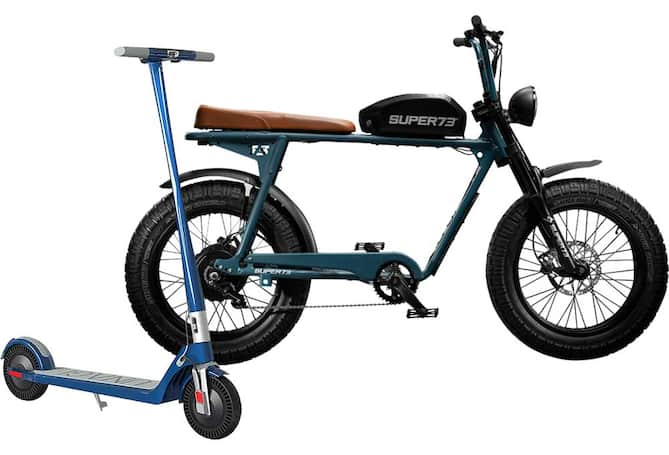Things You Should Know Before You Buy Your First E-Bike

Choosing an e-bike that fits your needs
Determine what you'll use the bike for
E-bikes have varied designs that match different purposes and lifestyles. A mountain bike's gear system makes climbing up steep terrains easier. Its tires are fat and include studded shocks to support rough terrains and trails. These features make it a go-to option for sports and outdoor recreation activities.
Road e-bikes are light and more like regular bikes for commuting and fun riding in the streets. While recumbent bikes have a lower seat position and a design that offers back support for people struggling with balance, cargo bikes have carriers that make them useful for short distance deliveries and carrying groceries and other items.
Riding styles: upright or leaning forward
The bike's frame geometry determines the comfort of the bike and the best way to determine your preference is to try it out. Aspects to consider include the uprightness of the riding position and style of the frame.
Racing bikes and a few mountain bikes will have you leaning forward, while commuter and road bikes allow for a more upright riding position that feels comfortable to most people. Regarding the frame style, bikes can have the traditional or the step-through (ST) frame structure. The latter lacks the top tube to eliminate the hassle of stepping over the tube. An ST frame allows for easier mounting and dismounting, which is an appealing characteristic for riders who travel with cargo.
Travel long range without using much force
A throttle bike engages the motor with or without you pedaling, while with the pedal-assist option, the motor only engages when you pedal. One of the sensors that the pedal-assist uses is the torque sensor that evaluates your pedaling power, allowing the motor to provide a corresponding amount of power.
With the cadence option, the sensor identifies the rotating speed of the pedals and then exerts the motor force accordingly to make pushing easier. Having both sensors on the bike provides a wide range of pedal-assist modes to choose from, depending on whether you need more or less power.
Battery capacity and motor determine range
Find a bike and battery capacity that match your riding needs
Avoid the frustration of being stuck in the middle of nowhere by ensuring the charge capacity of the bike's battery can get you to and from your destination without recharging.
- Bigger batteries have a higher capacity that's ideal for long-distance riders - often up to 100 miles or more. It also helps keep charge cycles at a minimum, extending the battery life and the bike's durability.
- If you're an infrequent rider, a small capacity battery will provide you with an approximate 20- to 35-mile range, enough to get you to the grocery shop, to work or around your neighborhood
Powerful motors require extra energy
Powerful electric go-karts have a relatively fast acceleration. Some e-bikes feature assistance modes like turbo, sport or tour, which gives a 50% to 250% boost above the normal acceleration speed.
Frequent activation or reliance on the modes can take a toll on your battery capacity, resulting in a reduced travel range. To save on power, keep the bike on eco mode, which is the least energy-consuming mode.
Ride safe, stay safe
Ensure the stopping power of the brakes matches the motor. If you like speed, then having a bike with hydraulic disc brakes is an essential. Smart cut-off brakes ensure smooth stops and restarts to avoid kicking out on rides.
Good suspensions on the seat and frame help keep rides on bumpy roads smooth, reducing fatigue and possible back pain. It's highly recommended to wear a helmet while driving an e-bike. Bikes with integrated reflectors and lights will come in handy if you're a night rider. Don’t forget to keep the front and rear headlights on in the dark and wear appropriate safety gear like helmets and padding.